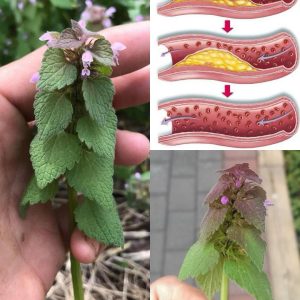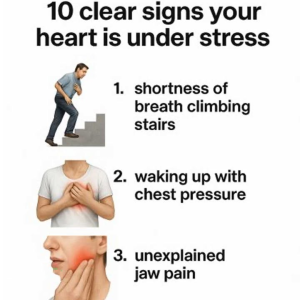
Spider veins, or telangiectasia, are small, dilated blood vessels that appear close to the skin’s surface, often resembling a spider web or tree branches.
Typically found on the thighs, calves, and ankles, they occur due to weakened or damaged vein valves, causing blood to pool and veins to enlarge.
Contributing factors include genetics, hormonal changes, prolonged sitting or standing, obesity, and sun exposure. While usually harmless, spider veins can sometimes cause mild discomfort, such as aching or burning sensations, especially after standing for long periods.
Managing Spider Veins at Home
Before seeing a doctor, several self-care measures can help manage spider veins. Elevating your legs when possible reduces pressure on veins, while avoiding prolonged sitting or standing can prevent blood from pooling. Wearing compression stockings improves circulation and reduces swelling. Applying a cold compress or gently massaging the affected area can alleviate discomfort. Maintaining a healthy weight also minimizes strain on the veins.

Preventing Further Development
Lifestyle changes play a key role in preventing additional spider veins. Regular exercise, such as walking or swimming, strengthens veins and boosts circulation. A fiber-rich, low-salt diet helps prevent constipation, which can add pressure to veins. Avoiding tight clothing ensures proper blood flow, while wearing sunscreen protects skin and veins from damage caused by UV rays. If your job requires long hours of sitting or standing, make an effort to change positions frequently and take breaks to move around.
Over-the-Counter Treatments
Various non-prescription treatments can help improve the appearance of spider veins. Creams containing retinoids or vitamin K may be beneficial. Herbal remedies like horse chestnut extract are believed to strengthen vein walls and reduce swelling, while arnica gel can help alleviate pain and inflammation. Though these treatments won’t eliminate spider veins, they may reduce symptoms and enhance their appearance. Always follow product instructions and consult a pharmacist if needed.
When to Seek Medical Attention
While spider veins are usually not a serious health concern, certain symptoms warrant a doctor’s visit. Seek medical attention if you experience significant pain, swelling, or changes in skin color around the veins. Bleeding veins, sores, or rashes near the affected areas may indicate complications requiring professional care. Additionally, a sudden increase in spider veins could signal an underlying health condition that needs evaluation.

Preparing for Your Doctor’s Appointment
To make the most of your appointment, track your symptoms, including when they began and any factors that worsen them. Note any family history of vein issues and list medications or supplements you’re taking. Prepare questions about treatment options and lifestyle changes, and bring any over-the-counter products you’ve used for your spider veins. This preparation will help your doctor assess your condition effectively.
Long-Term Vein Health
Maintaining healthy veins requires a combination of lifestyle habits and, in some cases, medical treatments. Regular exercise, a balanced diet, and the occasional use of compression stockings—especially during long flights or extended periods of inactivity—support circulation. If necessary, medical treatments like sclerotherapy, laser therapy, or vein surgery can address more severe cases. Regular check-ups with a healthcare provider help monitor vein health and prevent complications, reducing the risk of developing more serious conditions in the future.




